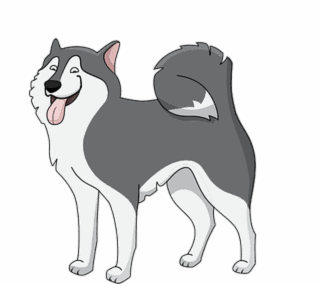Myofascial pain syndrome
Myofascial pain syndrome is “pain associated with inflammation or irritation of muscle or of the fascia surrounding the muscle” (Mosby, 2009). It is a chronic disorder causing pain, sensitivity and tightness in the muscles and myofascial tissues. The pain normally originates in ‘trigger points’ or muscle knots (see below). It is characterised by regional persistent pain and limited range of motion of the affected muscle. This appears to be a common issue in dogs and often goes undetected for some time or else manifests as problems in other parts of the body due to overcompensation .
‘Myofascial’ refers to the ‘fascia’ (see page on fascia) surrounding ‘muscle’ (‘myo’). Normally fascia in addition to being very strong is flexible and stretchy, which is what allows it to move with the bodily organs. When it is healthy then it is free to move without restriction but trauma of any kind can cause it to lose its stretchy quality making it become taut and rigid or damaged in some way. This leads to pain and loss of motion. Muscles should generally not hurt when touched, pressed or moved but if they do then this is often a problem with the myofascia rather than the muscles themselves or the bones, nerves, tendons and so on.
There are many things that can lead to myofascial pain – amongst them are: acute injuries (like sporting ones), chronic infections, extreme temperature change, poor nutrition especially deficiencies in vitamins and nutrients, muscle injury and muscle inadequacy, repetitive activity and lack of activity and also emotional stresses can lead to changes in the myofascia.
